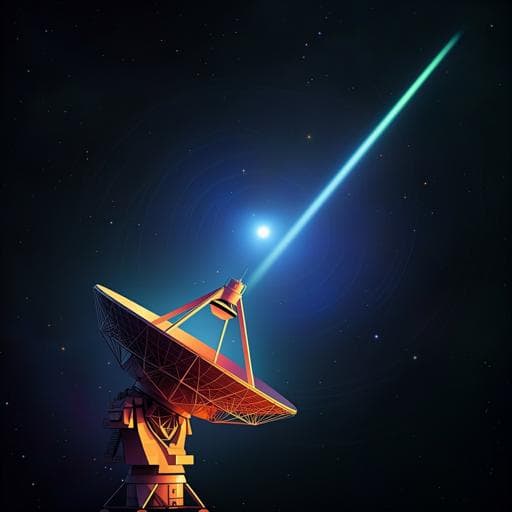
Space Sciences
A radio technosignature search towards Proxima Centauri resulting in a signal of interest
S. Smith, D. C. Price, et al.
Uncover the mystery of BLC1, a fascinating narrowband signal detected at -982 MHz during observations of Proxima Centauri by a dedicated team of researchers including Shane Smith and Danny C. Price. While initially suggesting technosignatures, this unusual signal was ultimately traced back to local interference. Join the exploration of this sensitive hunt for radio signals from another star!
~3 min • Beginner • English
Related Publications
Explore these studies to deepen your understanding of the subject.







